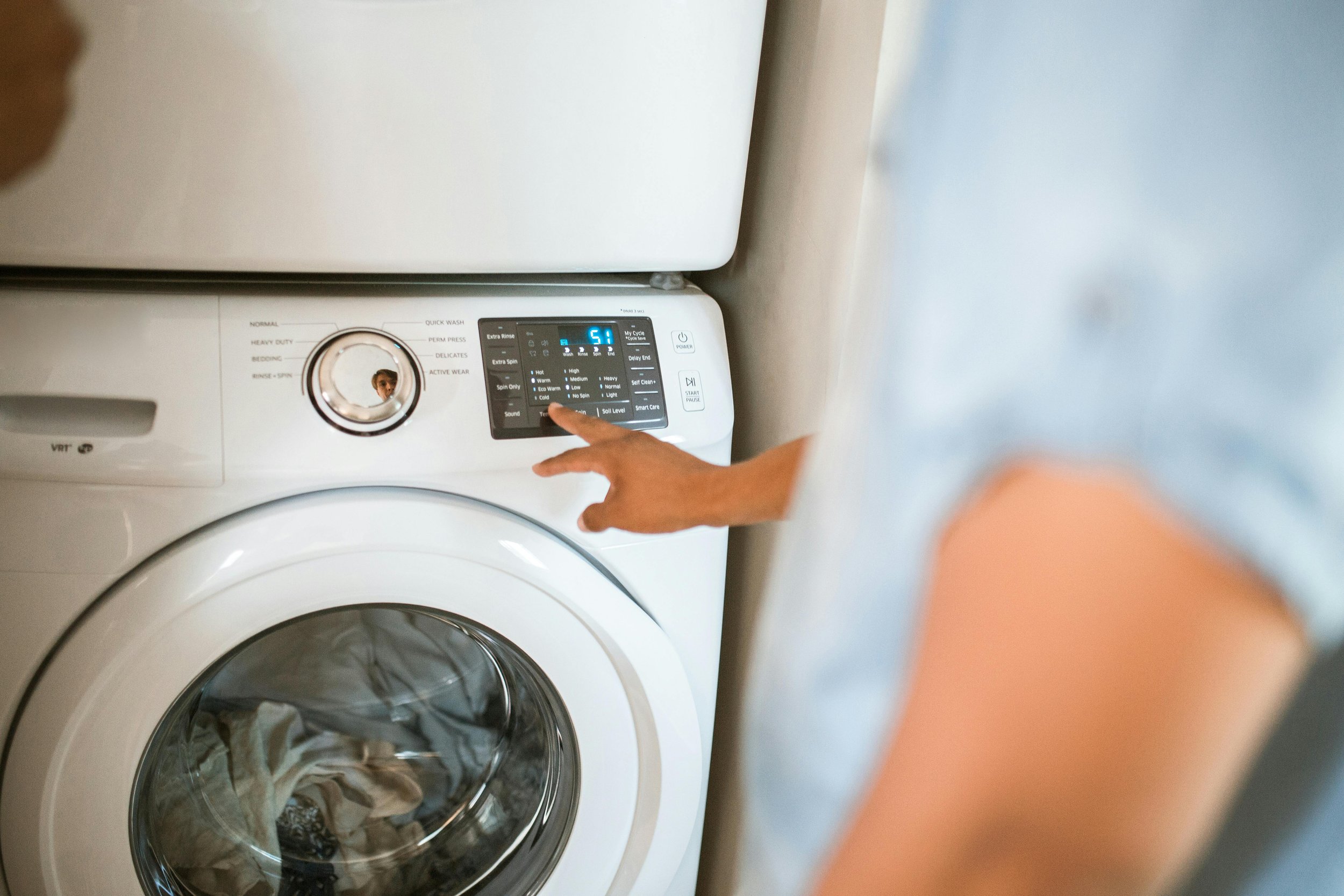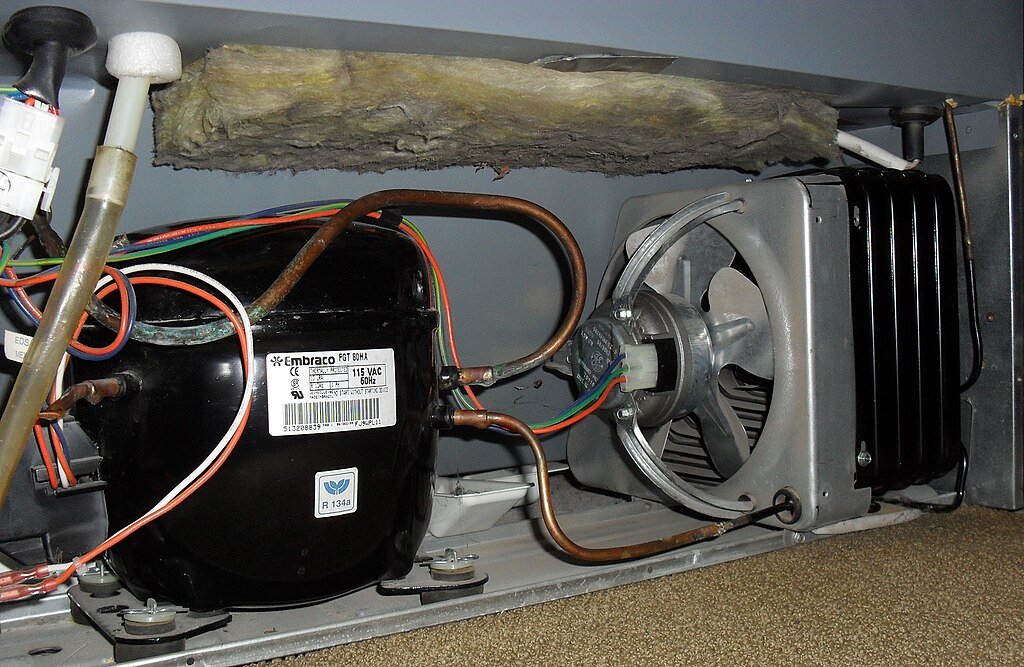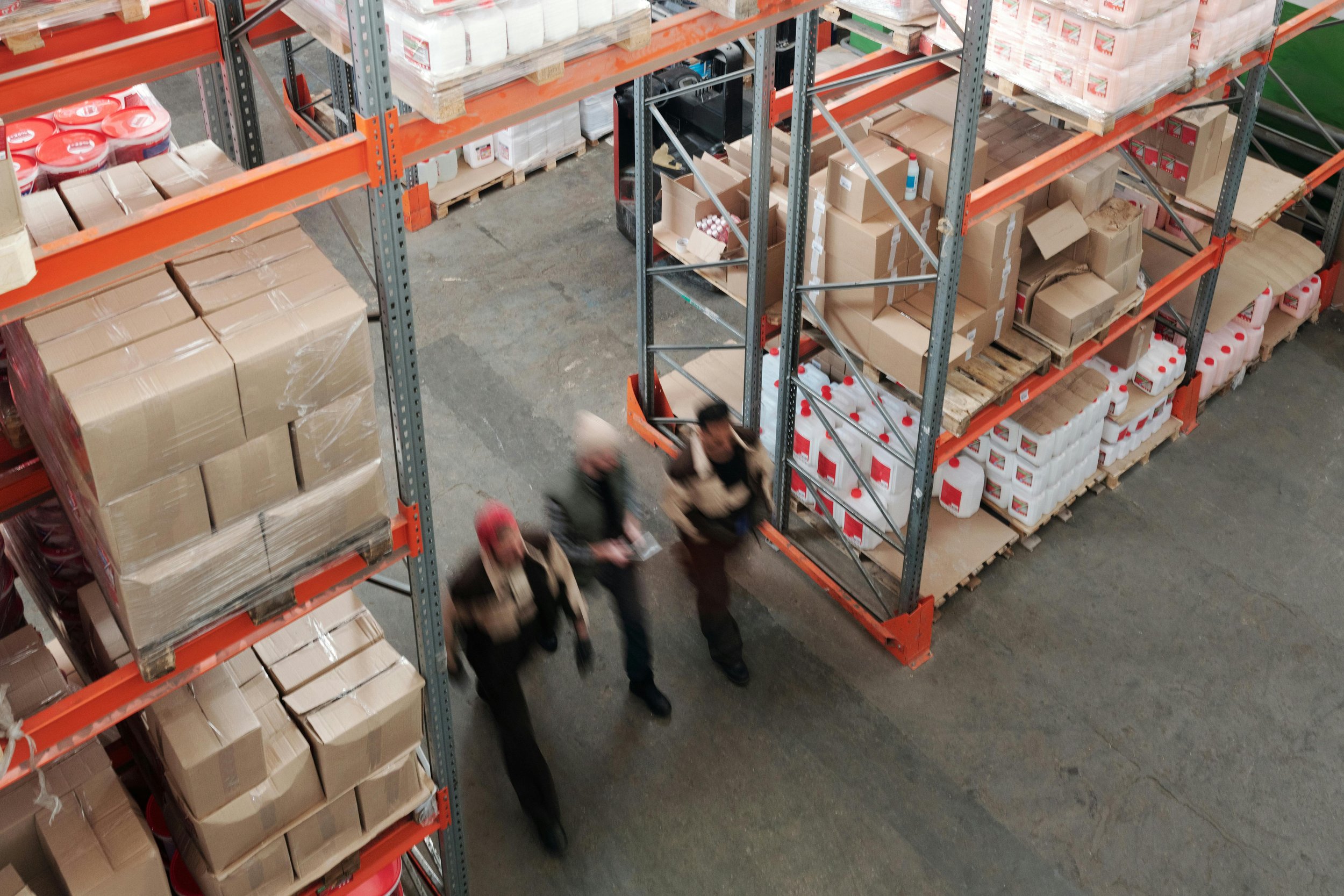The red flags no inspector will catch—but your wallet definitely will
Congratulations on your new house!
We apologize for the dishwasher-shaped disaster.
Many of us have been there. You think you’re getting a bunch of fantastic appliances as part of the package for your new home. You’ve got the inspector’s stamp of approval. And then? You find out—yeah, it runs. Right into a $2,000 floor replacement.
This week, we’re looking at some of the things people wish they’d been told before signing on the dotted line.
The Problem with “It Works”
When “functional” means “barely alive.”
Here’s the problem: a home inspector is meant to identify structural problems in a home before it’s sold. Their job is to check for gaping leaks, mold, or giant holes that may or may not lead to Narnia. Or to flag any potential red flags in the home’s history—like that one time the stairs had to be replaced due to termites.
But if appliances are included in the sale, their job stops at “does it turn on?”
As we’ve said over and over: an appliance can technically function and still be struggling—causing inefficiency, damage, or real safety hazards.
Important takeaway: If appliances are included, inspect them yourself. Make sure they work the way you want them to.
Red Flags & Real Costs
What they won’t show you up front (but you’ll absolutely pay for later).
This isn’t about calling anyone out—unless we’re writing a recall post. But it’s worth remembering: a realtor’s job is to show you how the house is now, not walk you through its full appliance history.
Here are some common problem spots:
Refrigerator – Cooling issues, signs of refrigerant leaks, unsealed gaskets
Oven/Range – Inconsistent heating, faulty burners, safety concerns
Dishwasher – Leaks, pump issues, water damage you can’t see
Washer/Dryer – Mold, clogged vents, odd noises, lint buildup
HVAC – Mold, rust, hidden costs from poor maintenance
And just because something looks clean doesn’t mean it was deep-cleaned or that hidden issues aren’t still lingering. You can wipe up mold blooms, but depending on the type, it may still be thriving inside the walls.
Questions to Ask Before You Buy
Because the seller sure isn’t volunteering this info.
If the appliances are included, ask yourself: Why are they being left behind?
It could be convenience. It could be generosity. Or it could be that the seller’s tired of dealing with them.
Either way, a few friendly questions can go a long way—and they can be phrased as light conversation to keep things smooth with the seller and agent.
Try asking:
Can I test the appliances during a showing or second visit?
How old are they, and can I see proof of maintenance?
What’s the plan for disposal or replacement if they die tomorrow?
Strategy, Not Sentiment
Don’t fall in love with the fridge (or anything else).
It’s easy to get caught up in the look of the kitchen suite—but appliances can fail between closing and move-in. Rather than falling in love, think strategy.
If you don’t like the appliances, consider negotiating them out. Ask the realtor. Ask the seller.
Some buyers even find success casually suggesting they’d prefer the appliances removed in exchange for a lower sale price. Not every seller will go for it, but if the units are old or visibly failing, some will be understanding.
If removal isn’t an option, it’s time for a family strategy session:
What’s on your must-have list?
What are you willing to live with?
Does the kitchen suite need to match? Can you deal with mismatched finishes? Do you have to have a working fridge on day one? Your answers will be different from someone else’s, but having that clarity up front helps keep expectations grounded.
Know What Comes With the House
Don’t assume. Verify. Then verify again.
If you’ve never bought a home before, hear this loud and clear: verify everything. If you have bought a home before, well, you probably already learned this the hard way.
Don’t assume anything—from your move-in date to the status of the appliances to who’s paying what in closing costs. Talk through all of it with your realtor, and keep notes.
That includes:
Who’s doing the inspections?
Who pays for problems that arise?
Do those problems affect the sale price?
When is your final walk-through, and what should still be in the house at that point?
We’ve heard more than one horror story about buyers expecting a washer and dryer that never materialized. Sometimes it was never part of the deal. Other times, the seller just changed their mind last-minute. If it’s not in writing, it’s not guaranteed.
Think Past Move-In Day
Eventually, everything breaks. Be ready.
It’s unfortunate but true: every appliance has an expiration date. Even if they seem perfect on move-in day, that doesn’t mean they’ll last the year.
Start by asking about local disposal rules. Some cities offer curbside pickup. Others require you to schedule in advance—or fine you for putting appliances out unannounced. Your realtor should be able to get that info quickly.
Even if the appliances seem solid, you’ll rarely get a maintenance binder or history log. So assume nothing. Just because it’s running today doesn’t mean it will be next spring. That’s why we always recommend: as soon as you move in, start budgeting for replacements.
They may be new to you, but they won’t stay new forever.
Your Future Self Will Thank You
If you’re feeling even slightly unsure after reading this—walk away. If you’ve seen sketchy signs, especially involving water or fire, walk away. Your wallet will thank you. Your future self will too.
There’s no reason to be stuck with someone else’s grime. And more importantly, you shouldn’t be stuck with their safety hazard.
If you’ve recently purchased a home and didn’t get a chance to ask all the right questions, we can help. Schedule a maintenance appointment with us. One of our technicians will do a full walkthrough of the appliances in your home, let you know what issues we find, what to watch for, and how to keep everything running in tip-top shape.
You can reach us through our website or give us a call.
Appliance Rescue Service — helping you keep your home running, whether it’s old or new, so that you can keep running too.
Call: (214) 599-0055












